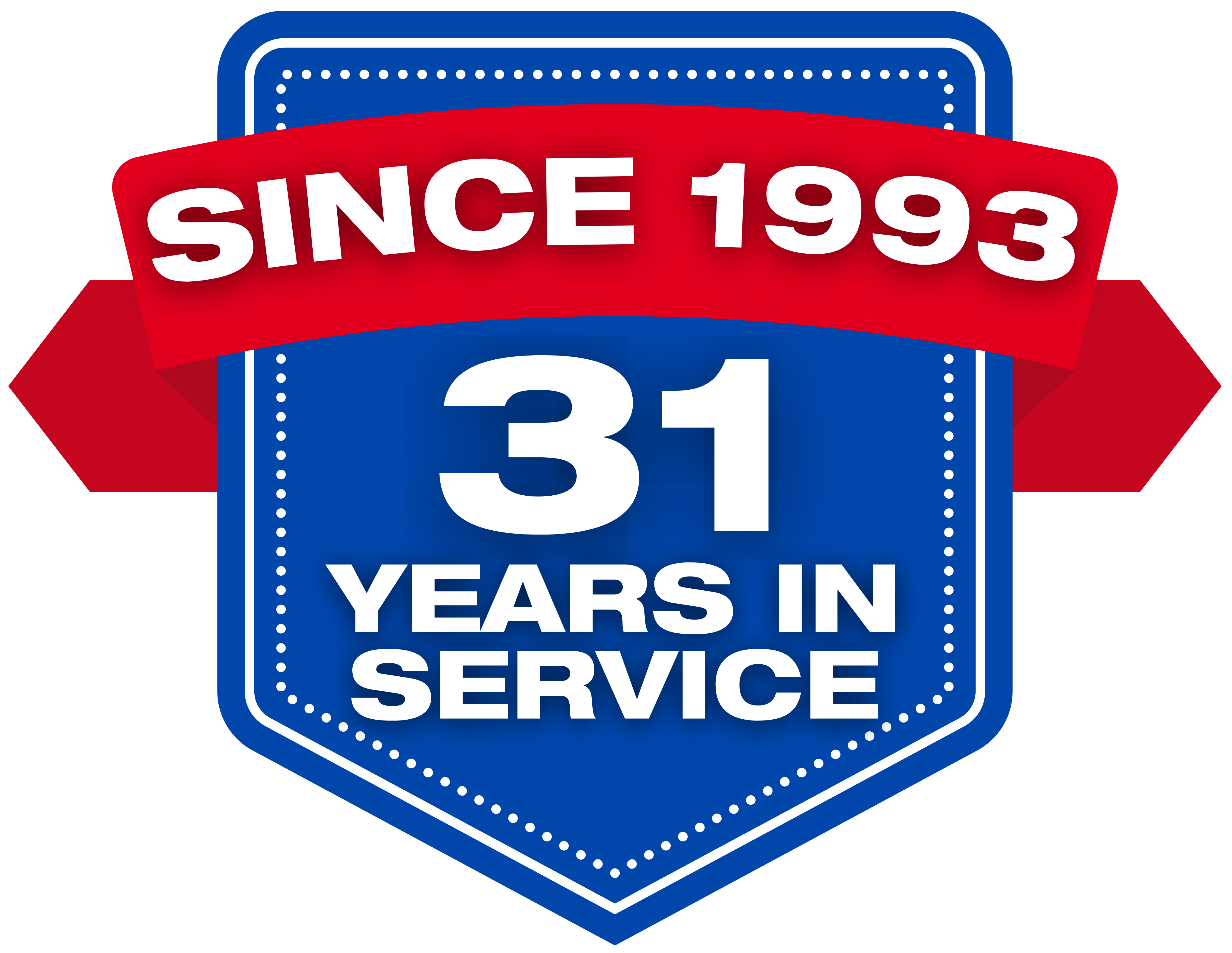Tornado Myths and Misconceptions

Tornadoes, with their swirling winds and devastating power, have captured the imagination of people for centuries. However, along with fascination comes misunderstanding. Myths and misconceptions about tornadoes abound, often perpetuated by Hollywood movies, urban legends, and misinformation. In this blog, we'll uncover some of the most common tornado myths, separating fact from fiction, and shedding light on the truth behind these atmospheric phenomena.
Myth 1: Opening Windows Will Equalize Pressure and Reduce Damage
One of the most enduring tornado myths is the belief that opening windows in your home will equalize the pressure inside and outside, thus reducing damage, including wind damage. This myth likely originated from a misunderstanding of the dynamics of tornadoes. In reality, opening windows during a tornado can be dangerous and counterproductive, as it can increase the risk of debris entering the home and exacerbate the potential for structural damage caused by the powerful winds.
Tornadoes are characterized by extremely low pressure at their centers, which can cause buildings to explode outward as the tornado passes. Opening windows only serves to allow the high winds to enter your home, increasing the risk of debris and structural damage. Instead of opening windows, the best course of action is to seek shelter in a sturdy, interior room on the lowest level of your home, away from windows and exterior walls.
Myth 2: Highway Overpasses Provide Safe Shelter During Tornadoes
Another commonly perpetuated myth is that seeking shelter under a highway overpass is a safe option during a tornado. This myth gained traction due to dramatic footage of storm chasers taking refuge under overpasses during tornado intercepts. However, this practice is not only risky but potentially deadly.
Seeking shelter under an overpass during a tornado can actually increase your risk of injury or death. Overpasses can create a wind tunnel effect, intensifying the wind speeds and directing debris toward anyone seeking shelter underneath. Additionally, overpasses offer little protection from the full force of the tornado's winds and flying debris. Instead of seeking shelter under an overpass, it's far safer to abandon your vehicle and seek shelter in a low-lying area, such as a ditch or culvert, if no sturdy buildings are available.
Myth 3: Tornadoes Never Strike Big Cities
There's a widespread belief that tornadoes avoid large urban areas, leading to a false sense of security among city dwellers. While it's true that tornadoes may be less common in densely populated urban areas compared to rural regions, they are by no means immune to tornado damage.
In fact, tornadoes can and do strike major cities with alarming frequency. Cities such as Oklahoma City, Dallas, and Atlanta have all experienced devastating tornadoes in recent history. Population density does not deter tornadoes; they can and will occur anywhere that the atmospheric conditions are conducive to their formation.
Myth 4: Tornadoes Can't Cross Rivers or Mountains
Some people believe that natural barriers such as rivers or mountains can prevent tornadoes from crossing, providing protection to those on the other side. While it's true that terrain features can influence tornado behavior to some extent, they are not impenetrable barriers.
Tornadoes are capable of crossing rivers and traversing mountainous terrain, albeit with some modifications to their structure and behavior. In fact, there are numerous documented cases of tornadoes crossing rivers and even climbing mountainsides. While the presence of terrain features may alter the path or intensity of a tornado, they do not serve as absolute barriers.
Myth 5: Tornadoes Only Occur in Spring
Many people associate tornado season with the spring months, particularly in regions like Tornado Alley in the central United States. While it's true that tornado activity tends to peak in the spring, tornadoes can occur at any time of year and in any location where the atmospheric conditions are favorable.
In fact, tornadoes have been documented in every month of the year in the United States, with secondary peaks in tornado activity occurring in the fall. While the majority of tornadoes still occur during the spring months, it's important to remain vigilant and prepared for tornadoes year-round.
Tornadoes are among the most awe-inspiring and destructive forces of nature, capable of unleashing unimaginable devastation in a matter of minutes. However, understanding the truth behind tornado myths and misconceptions is essential for staying safe and informed in the face of these powerful storms.
Why Choose All-Clean USA for Tornado Restoration:
By dispelling common tornado myths and embracing the facts, we can better prepare ourselves and our communities for the ever-present threat of tornadoes. From seeking proper shelter to staying informed about tornado safety measures, knowledge is our greatest defense against the forces of nature. So let's banish the myths, arm ourselves with facts, and face tornado season with confidence and resilience.
Choosing All-Clean USA for your tornado restoration needs means partnering with a company that truly understands the tumultuous journey you're on after a disaster strikes. We recognize the emotional strain and practical challenges you face, and our mission is to provide steadfast support and expertise every step of the way.
Our team operates around the clock, ensuring that we're always available to assist you when you need it most. Your tornado restoration is our top priority, and we're committed to delivering prompt and efficient services tailored to your specific situation. From the initial assessment of the damage to the final inspection, we approach every aspect of the restoration process with meticulous care and attention to detail.
We understand that the aftermath of a disaster can be overwhelming, but you don't have to face it alone. Contact us today for immediate assistance and guidance. Let us be your guiding light as we work together to navigate through this challenging period, emerging stronger and more resilient on the other side.


